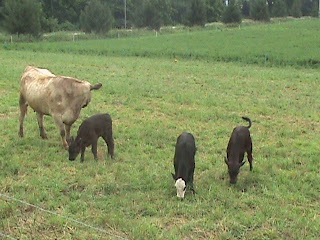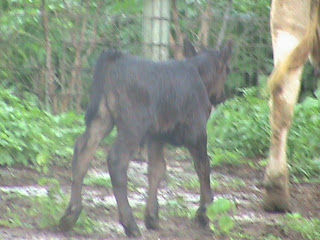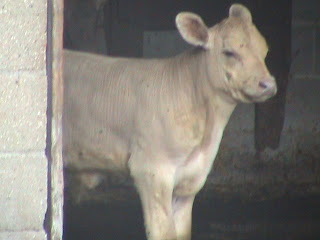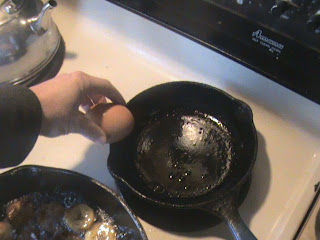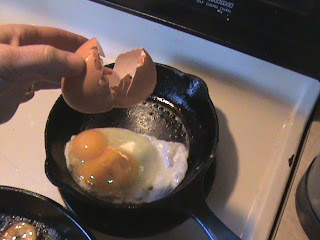It was Saturday, and we had plans. Over scrambled eggs, the girls and I had decided I would take Ana (and Armando) shopping that afternoon after dropping Madelina off at a birthday party. It was a good plan, a win-win: I had the whole morning to get some jobs done around the farm, Madelina could hang with her buddies, and Ana could “you know, like maybe go shop around Kohl’s or JCPenney’s; you know, do girl stuff.” (Insert lots of hair fluffing and hand waving, Lord help me.)
Ana was so excited about our plan that she ran upstairs to put on mascara. I don’t let her wear makeup on a regular basis but try not to make a big deal of it when she does; my theory is the more we freak out about stuff, the more the kids want to do it. Wrong or right, it’s my theory. And anyways, have you ever seen pictures of me in high school? Holy cake-face.
I digress.
It was beautiful outside, so I decided to sweep the sidewalks and garage. Marcel had already finished probably 15 major projects by now–he’s a total overachiever like that–and was impressed by my surprising show of Saturday morning ambition. We were chatting as I swept, and he mentioned that the cattle hadn’t eaten the grain he had given them the night before. Had I seen them yesterday morning when I fed them?
**Insert note here: We are feeding grain to 4 Charolais steers that are not a part of our grassfed beef herd.**
“Well, no, actually. They weren’t in the barnyard when I fed them. You don’t think they could’ve gotten out do you?”
Marcel replied calmly, “Nah. I’ll go check on them down in the pasture.”
It is at this point that I’d like you to understand how the pasture that connects to our barnyard is at the end of a very long lane. It isn’t uncommon for us to go a day or two without seeing the cattle. What is strange, however, is that they hadn’t eaten their feed. Ground corn and oats is to a cow what a Snicker bar is to a teenager, if you know what I mean. It might give them pimples or a muffin top, but they’re not gonna pass it up.
It took all of 25 seconds for Marcel to see that they were gone and had pushed through the fence down by the sweet corn: the electric fence had obviously not been working. A situation like this makes a farmer like me go “Doh” and slap my forehead. If you have livestock you absolutely must have a working electric fence. You see, cows are an awful lot like rich people’s kids. Sure they have their every need and want fulfilled by their over-indulgent parents, but that only fuels their desire to break free from their suffocating life of priveledge to experience freedom, danger, a walk on the wild side, man.
I’d better stop with the lame metaphors before I cause y’all some stomach illness.
We grabbed the kids and set off on a long day of looking for the cows. We started the search by walking our cornfield, stop #1 on the cow’s Freedom Tour. We found their trail and our hearts sank when the trail crossed a section of downed fencing into the neighbor’s soybean field. Cursing ensued.
We drove over to the farmer’s house and asked them if they’d seen 4 white cows. “Nope, but feel free to walk the farm,” which we proceeded to do, to no avail. We did find the cow tracks around the whole perimeter, though….the cows had made a complete circle around the field. What the…???? Maybe they had returned to our cornfield??
They hadn’t, but we did. We even saddled up a horse to help us cover ground as we, once again, searched for cows in our 60 acre cornfield. We saw no new signs of them, however, so we went back to the neighbor’s field and re-followed the tracks. Sure enough, we found a spot where it looks like they ran out into the road. A very busy road. Oh Lord help us, someone could’ve been killed had they driven into a cow.
Unfortunately this is where the trail went dead. There was no cow poop, no tracks, no nothing to be found in any direction. It was noon, we had been searching for 3 hours, and we had lost the trail.
To be continued…….
